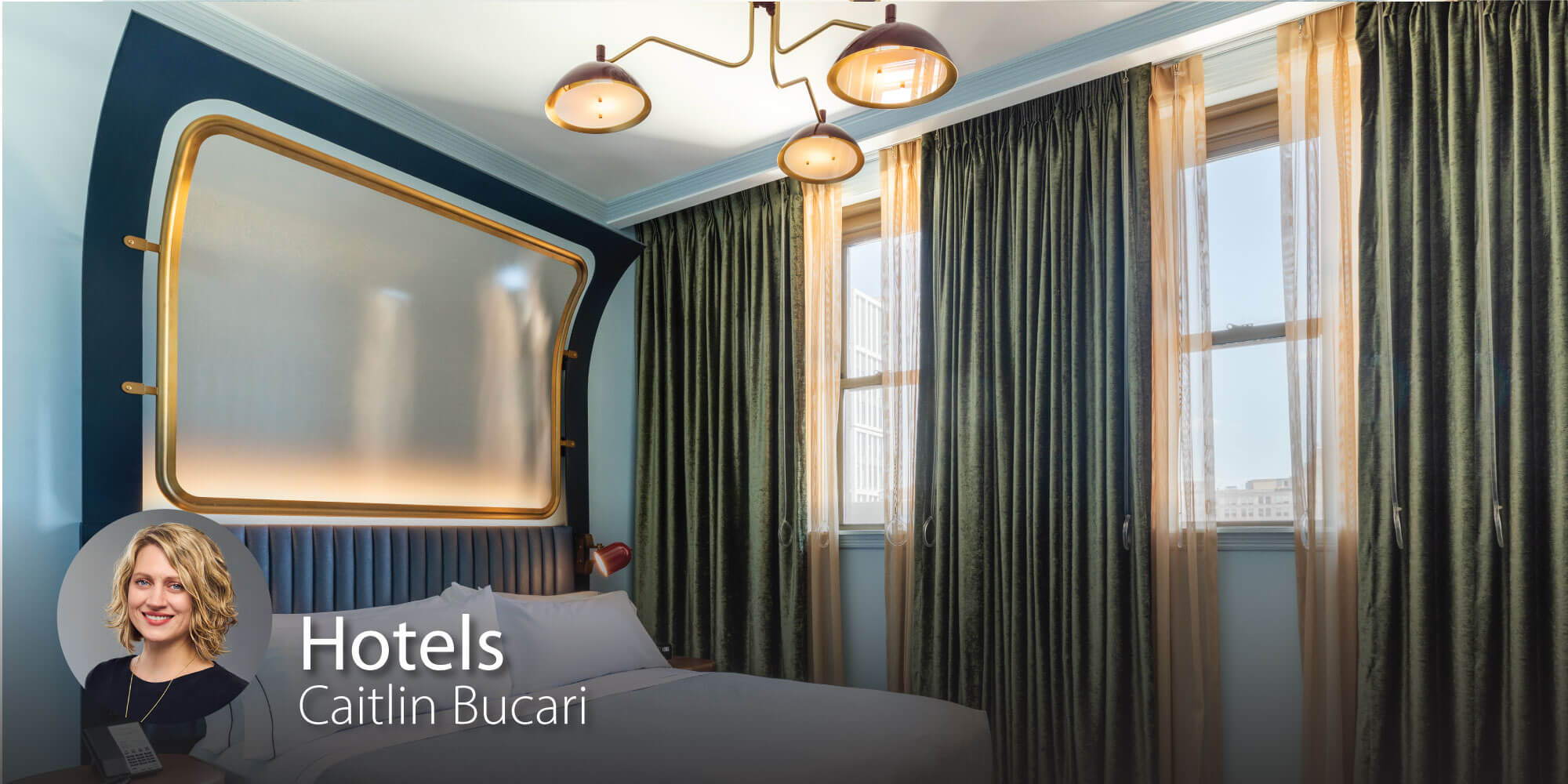Creating the perfect atmosphere in hospitality environments involves a delicate balance of design elements, and lighting is a key factor in shaping that experience. Proper lighting solutions are essential for setting the tone and enhancing the overall ambiance of a space. To achieve this, layered and dynamic lighting strategies are a must.
The Lighting Practice’s designers share their design expertise and tips for illuminating different spaces found in a hospitality environment.

Ritz Carlton Lobby Lounge – St. Louis, MO (designONE Studio)
“Lighting should be layered and strategically focused to capture customers’ attention and guide them through the space. A bar or lounge should not have uniform lighting-it needs to be moody and inviting,” explains Amanda Constantine. She adds, “If the bar’s architecture is intricate, we collaborate closely with the interior designer to highlight its distinctive features. In other areas, where the back bar is more detailed, we emphasize that to draw customers’ gaze to it.”

Butcher & Rose Steakhouse – Columbus, OH (Knauer Inc.)
“Restaurants tend to use the ‘play of brilliants’ in decorative lighting elements that draw customer’s immediate focal interest. However, the real key method of activating the desired mood is through the use of contrast and appropriately balancing the lighting at dining tables, bars, server areas, and secondary architectural elements. Keeping contrast in mind is key, since this is what makes special areas feel uplifted and visually unique within the space, while the less important areas are filled with quieter light levels,” says lighting designer Kevin Smolkis.

DraftKings Sportsbook – Atlantic City, NJ (SOSH Architects)
“My pro tip for lighting a casino or any space in general is to move the light to where it needs to be. It is incredibly important to highlight focal points to attract users to those destinations. When a space is as overstimulating as a casino can sometimes be, it is important to be intentional in the placement of pools of light to help cut through the visual noise. A skilled lighting designer must focus on “critical elements” — like artwork, bars, liquor storage, and gaming tables — ensuring these areas are illuminated in a way that draws attention without overwhelming the space,” says Josh Keily.

Canopy by Hilton – Philadelphia, PA (Perkins Eastman formerly BLT Architects)
“I like to use the lighting to heighten the drama of the space. We’re seeing more richly layered designs from interior designers right now, with a focus on warmth, natural elements and real eclectic use of materials. It’s really exciting to use light as a paintbrush to bring more depth to these materials. The opportunity for the light fixtures themselves to also be a part of that eclecticism and storytelling has never been more fun. With continuing advancements in LED technology, we have so much freedom to curate a unique space and integrate lighting in more surprising ways than we could have before with some of our larger, more traditional sources,” expresses Senior Lighting Designer Caitlin Bucari.

Enchantment Resort – Sedona, AZ (designONE Studio)
“When lighting a clubhouse, the goal is to create a warm, welcoming ambiance that makes guests feel at home and eager to return. Layered lighting throughout the space enhances the experience, guiding members’ attention to key focal points while heightening their senses. These spaces are designed to evoke a sense of comfort and intimacy, so the lighting must reflect this, setting a cozy, moody atmosphere that invites relaxation,” explains Pomme Lee LEED AP.





